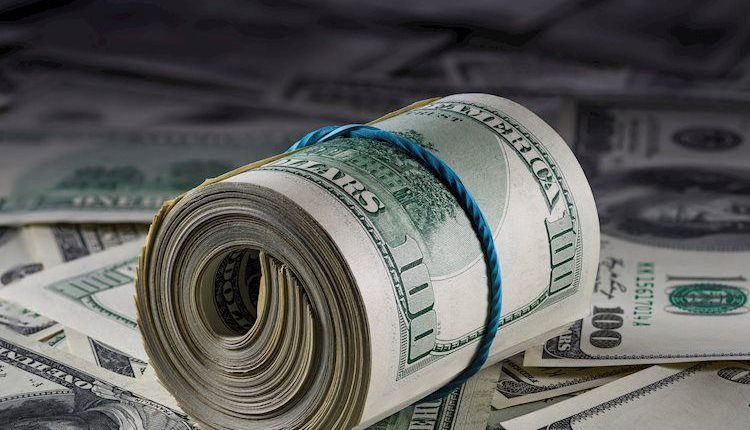- The US Dollar Index trades near 106.00 neutral.
- US markets remain closed on Thursday forThanksgiving celebrations.
- Economic data may push the Fed not to hurry to cut rates.
The US Dollar Index (DXY), which measures the value of the USD against a basket of currencies, trades near 106.00 on Thursday, tilted higher by the US Dollar (USD) strength.
Thin liquidity is expected as most major trading floors will be closed across the United States, with Thanksgiving and Black Friday taking place, resulting in a very calm remaining two trading days for the week.
The US Dollar Index (DXY) remains bullish, supported by robust economic data and a hawkish Federal Reserve (Fed) stance. Despite recent profit-taking and geopolitical uncertainty, the uptrend is intact.
Daily digest market movers: US Dollar holds steady, calm end of the week ahead
- Thanksgiving and Black Friday holidays in the US have led to thin liquidity and a lull in trading activity.
- With only two trading days remaining this week, market movements are expected to be subdued.
- This week, November’s Federal Open Market Committee (FOMC) minutes suggested a cautious Fed with no rush to cut rates.
- Robust economic growth, resilient household spending and strong consumer confidence support a cautious Fed easing cycle.
- October’s Personal Consumption Expenditures (PCE) underscored persistent inflation and the need for caution which may push the Fed to consider less cuts.
- In the meantime, the odds of a cut in December by the Fed remain high but subdued.
DXY technical outlook: Outlook remains bullish despite consolidation
Despite temporary setbacks due to profit-taking and global uncertainty, the uptrend remains intact. Technical indicators, including the Relative Strength Index (RSI) and Moving Average Convergence Divergence (MACD), suggest consolidation, as they struggle to gain traction. However, the DXY remains supported by the 106.00-106.50 area, which has proven resilient and could prevent further losses. On the upside, key resistance is encountered at 107.00.
US Dollar FAQs
The US Dollar (USD) is the official currency of the United States of America, and the ‘de facto’ currency of a significant number of other countries where it is found in circulation alongside local notes. It is the most heavily traded currency in the world, accounting for over 88% of all global foreign exchange turnover, or an average of $6.6 trillion in transactions per day, according to data from 2022. Following the second world war, the USD took over from the British Pound as the world’s reserve currency. For most of its history, the US Dollar was backed by Gold, until the Bretton Woods Agreement in 1971 when the Gold Standard went away.
The most important single factor impacting on the value of the US Dollar is monetary policy, which is shaped by the Federal Reserve (Fed). The Fed has two mandates: to achieve price stability (control inflation) and foster full employment. Its primary tool to achieve these two goals is by adjusting interest rates. When prices are rising too quickly and inflation is above the Fed’s 2% target, the Fed will raise rates, which helps the USD value. When inflation falls below 2% or the Unemployment Rate is too high, the Fed may lower interest rates, which weighs on the Greenback.
In extreme situations, the Federal Reserve can also print more Dollars and enact quantitative easing (QE). QE is the process by which the Fed substantially increases the flow of credit in a stuck financial system. It is a non-standard policy measure used when credit has dried up because banks will not lend to each other (out of the fear of counterparty default). It is a last resort when simply lowering interest rates is unlikely to achieve the necessary result. It was the Fed’s weapon of choice to combat the credit crunch that occurred during the Great Financial Crisis in 2008. It involves the Fed printing more Dollars and using them to buy US government bonds predominantly from financial institutions. QE usually leads to a weaker US Dollar.
Quantitative tightening (QT) is the reverse process whereby the Federal Reserve stops buying bonds from financial institutions and does not reinvest the principal from the bonds it holds maturing in new purchases. It is usually positive for the US Dollar.
Read the full article here

